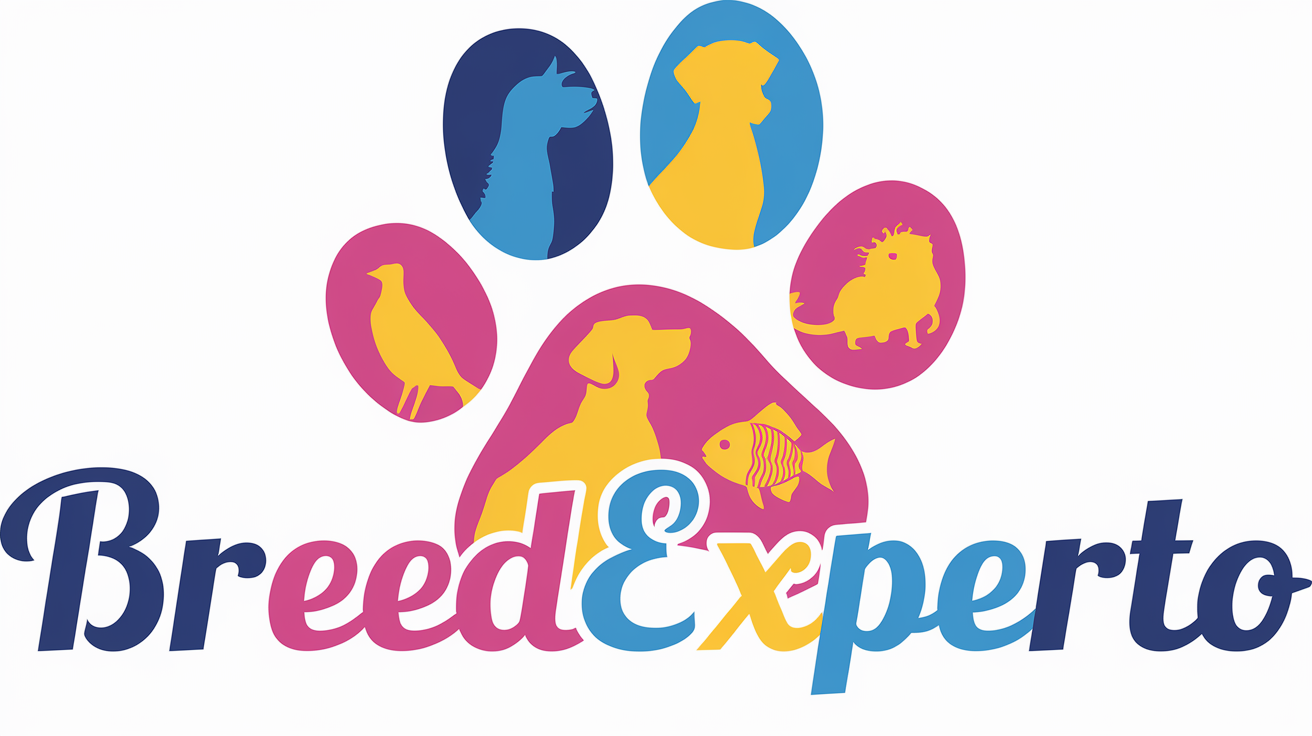Labrador Retrievers are one of the most beloved dog breeds, known for their friendly nature and loyalty.
If you’re a proud Labrador owner or considering bringing one into your home, understanding their growth patterns is essential.
This article dives deep into the Labrador Retriever growth chart, discusses the factors influencing their development, and provides tips for ensuring your pup grows up healthy and strong.
Labrador Retriever Growth Chart

A Labrador Retriever growth chart is a valuable tool for tracking your puppy’s development. It provides insights into typical weight and height ranges at various ages, helping you identify if your pup is growing at a healthy rate.
| Age (Months) | Weight Range (lbs) | Height Range (inches) |
| 0-1 | 5-10 | 6-9 |
| 1-2 | 10-20 | 9-12 |
| 2-3 | 20-30 | 12-15 |
| 3-4 | 25-40 | 15-18 |
| 4-6 | 30-50 | 18-22 |
| 6-12 | 45-70 | 21-24 |
| 1-2 years | 55-80 | 21.5-24.5 |
This chart serves as a guideline; individual Labradors may grow at different rates due to genetics, nutrition, and other factors.
Labrador Retriever Puppy Growth Patterns

Understanding the specific growth stages of a Labrador Retriever can help you provide the best care for your puppy.
0-4 Weeks
During the first four weeks, puppies rely heavily on their mother. They undergo rapid development:
- Physical Changes: Eyes open around 2 weeks; they begin to walk by 3 weeks.
- Care Needs: Ensure they are nursing properly for optimal nutrition.
1-2 Months
At this stage, puppies become more active and start to explore their environment:
- Growth Milestones: Weight gain continues; socialization becomes crucial.
- Developmental Tips: Introduce gentle handling and basic training commands.
2-3 Months
From 2 to 3 months, Labradors show significant growth:
- Weight Expectations: They can weigh between 20-30 pounds.
- Socialization: Begin exposing them to different people and environments.
3-4 Months
During this period, puppies become more energetic:
- Physical Changes: Growth spurts can occur, and they may look gangly.
- Training: Continue with socialization; start leash training.
4-6 Months
The growth rate slows, but puppies become more playful and active:
- Dietary Needs: Transition to puppy food; regular feeding schedules are essential.
- Health Check: Regular vet visits are recommended to monitor growth.
6-12 Months
Around six months, Labradors begin to approach their adult size:
- Weight Monitoring: Expect them to weigh between 45-70 pounds by one year.
- Training: Focus on obedience and basic commands.
1-2 Years
By the time your Labrador reaches 2 years, they are considered an adult:
- Final Size: Males typically weigh between 65-80 pounds, while females weigh 55-70 pounds.
- Behavioral Changes: They may calm down and become more settled.
Factors That Affect Growth
Several key factors influence a Labrador’s growth, and understanding them is crucial for fostering healthy development.
Genetics
Genetics play a significant role in determining your Labrador’s size and growth patterns. Here’s how:
- Breed Standards: Labrador Retrievers have a defined range for weight and height.
- Family History: Check the size of the parents and siblings to gauge potential growth.
Nutrition
A balanced diet is vital for your puppy’s growth and development.
- Puppy Food: Choose high-quality puppy food rich in proteins, vitamins, and minerals. Look for AAFCO approval on the label.
- Feeding Guidelines: Follow the recommended feeding guidelines on the packaging, adjusting as necessary based on your puppy’s weight and activity level.
Physical Activity
Regular exercise helps ensure your Labrador grows strong and healthy.
- Age-Appropriate Exercise: Puppies require less intense exercise. Short, frequent play sessions work best.
- Activities to Consider: Swimming, fetch, and short walks are excellent for young Labradors.
Spaying and Neutering
Timing can affect growth patterns.
- Influence on Growth: Early spaying/neutering can impact hormonal development, potentially leading to a taller but less muscular dog.
- Recommendations: Discuss the best timing with your veterinarian, considering factors like breed and overall health.
Health
Your Labrador’s health directly affects its growth trajectory.
- Common Issues: Conditions like hip dysplasia can hinder growth and development.
- Regular Check-ups: Schedule routine veterinary visits to monitor your puppy’s health and growth.
Is Your Lab Overweight?
Weight management is essential for ensuring your Labrador remains healthy.
- Signs of Obesity: Look for a lack of waist, difficulty feeling ribs, and sluggishness.
- Health Risks: Being overweight can lead to joint issues, diabetes, and a shorter lifespan.
Tips for Managing Weight
- Portion Control: Follow feeding guidelines carefully and avoid over-treating.
- Exercise Regularly: Incorporate daily walks and playtime into their routine.
How to Help Your Labrador Grow
Supporting your Labrador’s growth involves several best practices:
- Balanced Diet: Ensure your puppy eats high-quality, age-appropriate food.
- Routine Vet Visits: Regular check-ups can catch potential issues early.
- Active Lifestyle: Engage in physical activities to promote healthy muscle development.
Conclusion
Understanding the Labrador Retriever growth chart and the factors that influence growth is vital for any owner. By tracking their development, providing proper nutrition, and ensuring regular exercise, you can help your Labrador thrive.
Remember to consult with your veterinarian to tailor your approach to your pup’s unique needs.












